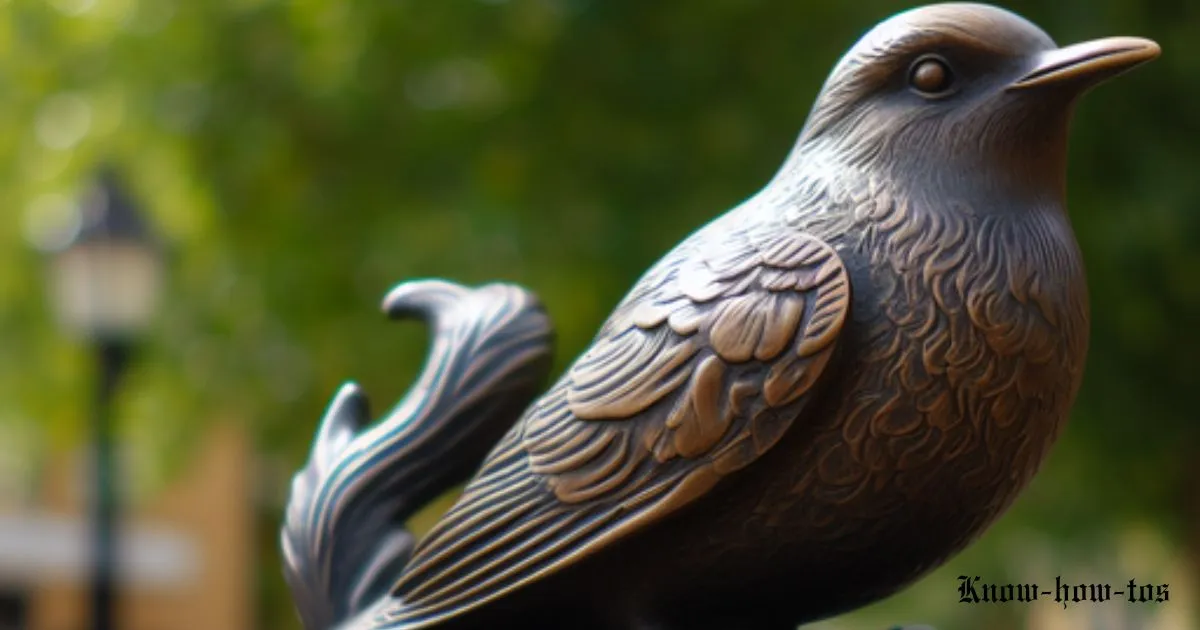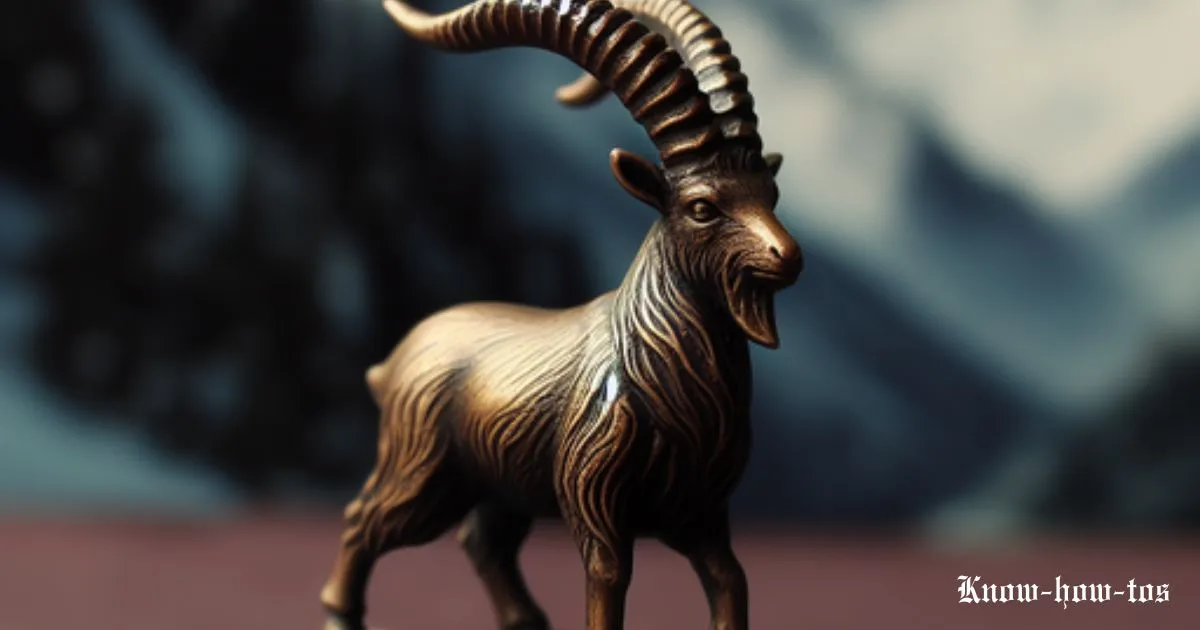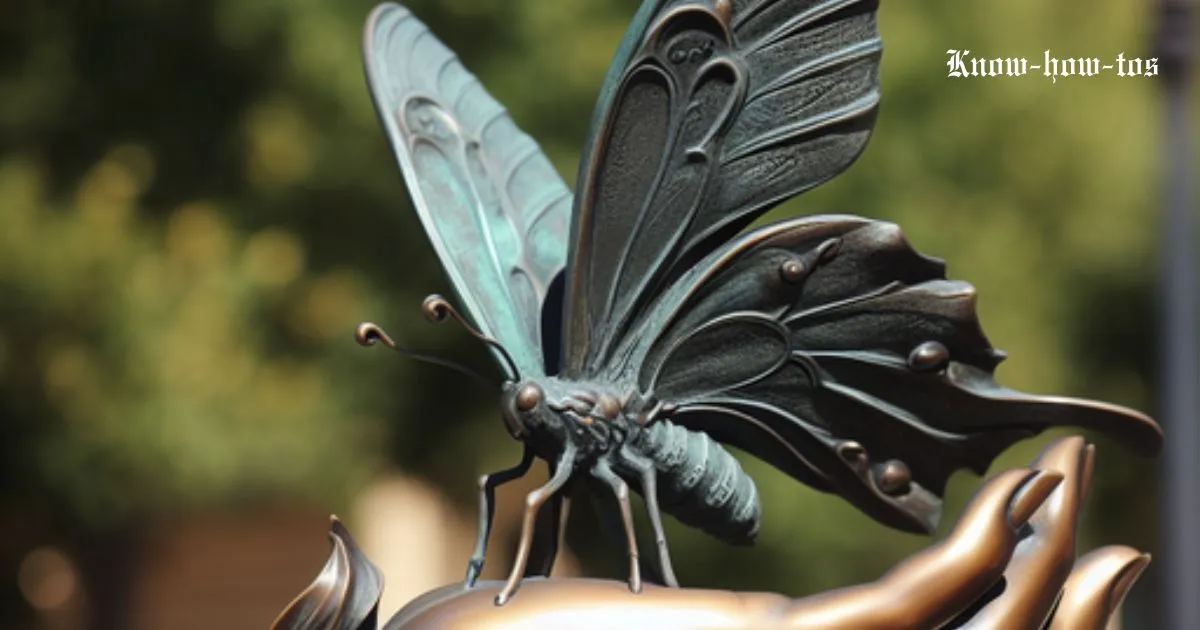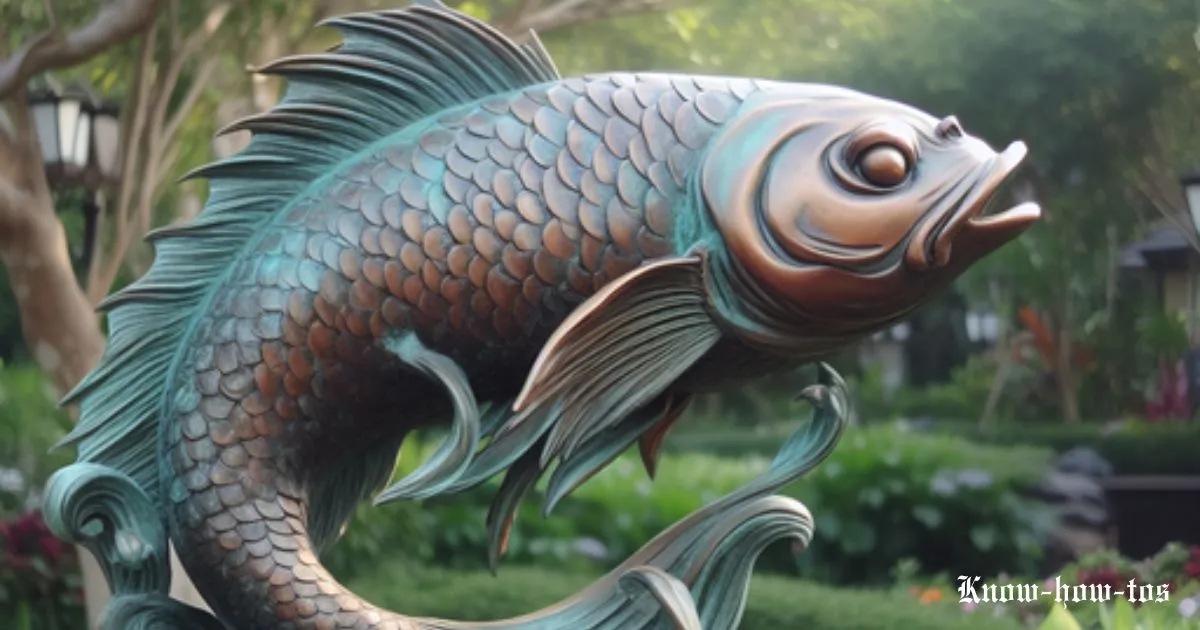HOW TO MAKE BRONZE STATUES

How to make bronze statues is a multifaceted art form that combines creativity and metallurgical skill to bring artistic visions to life in three-dimensional form.
Bronze statues have captivated art enthusiasts for centuries, evoking a sense of enduring beauty and cultural significance. In this step-by-step guide, we will explore the intricate journey of turning raw materials into striking bronze works of art, revealing the secrets of a craft that melds sculpture and metallurgy.
What is bronze casting?
Bronze casting is a skilled metallurgical process of transforming molten bronze into intricate sculptures, objects, or functional components. It typically involves creating a mold of the desired shape, pouring liquefied bronze into the mold, and allowing it to cool and solidify.
Once the mold is removed, the result is a durable and aesthetically pleasing bronze piece, ranging from art sculptures to utilitarian items.
How did I make Bronze statue?
I always had a fascination with art, but it wasn’t until a lazy summer afternoon that I stumbled upon the mesmerizing world of bronze casting. I always wondered “How to make bronze statues?” It seemed like an intimidating craft at first, but as I delved deeper into the process, I realized just how accessible and rewarding it could be.
It all began with a trip to a local art gallery, where a stunning bronze sculpture caught my eye. The intricate details and the lifelike presence of the piece left me in awe. I decided right then and there that I would try my hand at bronze casting.
The first step on my bronze casting journey was gathering the necessary materials. I obtained bronze ingots, molds, and a reliable propane torch. Of course, safety came first, so I invested in a quality pair of heat-resistant gloves and a well-ventilated workspace.
Once I had my materials, I started by creating my own mold. I chose a small, intricate figure to replicate. It was a bit daunting, but after a few attempts, I became more proficient. The feeling of accomplishment when I finally produced a successful mold was incredible.
The next step was melting the bronze. I used my propane torch, and it was surprisingly straightforward. The bronze ingots slowly turned into a shimmering, molten liquid. I was careful to follow safety precautions, but the process was easier than I had imagined.
Then came the magical moment of pouring the molten bronze into the mold. It felt like I was pouring liquid gold, watching as it filled every tiny detail of my mold. I had to be patient and let it cool, but the anticipation only added to the excitement.
After the bronze had cooled and solidified, I carefully removed it from the mold. The transformation was astounding. My once simple wax mold had turned into a stunning bronze sculpture. It was a moment of sheer artistic alchemy.
Finishing touches were next on my list. I used various tools to smooth out imperfections and add texture. The process was surprisingly forgiving, allowing me to correct any mistakes I made along the way.
Finally, I applied a patina to the bronze. This step involved applying chemicals to create an aged, weathered appearance. It gave my sculpture a timeless and authentic look.
The entire process of How to make bronze statues, from start to finish, had taken some time and effort, but the rewards were immeasurable. I had taken a simple concept and transformed it into a piece of art that I could proudly call my own. It was proof that bronze casting wasn’t just for the experts—it was accessible to anyone willing to put in the time and effort.
Bronze casting had opened up a world of creativity and self-expression for me. It showed me that art wasn’t just about what you could envision but also about what you could create. With a little patience and a lot of determination, I had unlocked the magic of bronze casting, and I couldn’t wait to explore more possibilities in the world of art.
Pro-Tip: Flawless Wax Model
Prioritize creating a flawless wax model for learning How to make bronze statues, as it serves as the blueprint for your bronze sculpture being cast. Pay attention to detail and eliminate imperfections, as the quality of the wax model directly influences the final bronze casting.
How to make bronze statues – Step by step
Creating bronze statues is a complex and specialized art form that requires both artistic skill and knowledge of the bronze casting process. Here is a simplified step-by-step guide for making bronze statues:
Materials and Tools
Creating a Bronze Sculpture: A Detailed Process
Learning How to make bronze statues is a challenging yet rewarding artistic endeavor, allowing you to express your creativity through one of the most enduring and cherished metal alloys. The “lost wax” casting method, which we’ll delve into here, has a rich history dating back to early Egyptian dynasties.
Step 1: Begin with an Original Design
To craft a bronze sculpture, you don’t start with bronze; you first need a sculpture created in another medium, such as clay, wax, wood, or stone. Many artists prefer clay for their initial creations due to its versatility. Oil-based clay is often chosen as it remains pliable and allows for adjustments.
Step 2: Create the Armature
For delicate or intricate sculptures, you’ll need an armature, which serves as the internal support structure to prevent slumping or breakage. Think of it as a skeleton for your sculpture. The type and size of the armature material depend on the sculpture’s dimensions. Larger pieces may require sturdy pipes, while smaller ones can use flexible, heavy wire.
Step 3: Sculpting
Once your armature is in place, it’s time to start sculpting. Consider the desired texture and finish of your piece. Smooth or textured, or a combination of both, each choice presents its unique challenges. Achieving a perfectly smooth clay surface can be difficult, and texture options are limitless.
Step 4: Mold Making
Now, in learning How to make bronze statues, it’s time to create a mold of your clay sculpture. This process is typically done by using polyurethane or silicone rubber mold-making materials, capturing intricate details. The mold is applied directly to the sculpture in layers, with an outer “jacket” made from materials like plaster or epoxy to hold it in place. Unfortunately, the original clay sculpture is usually destroyed during this process.
Step 5: Wax Pouring and Chasing
With the mold complete, the next step is to pour wax into it. The wax is heated and poured in multiple coats, each at a different temperature. After cooling, the wax is removed from the mold, and the “chasing” process begins. Imperfections, such as air bubbles, are removed, and the sculpture is reassembled to match the original design perfectly.
Step 6: Spruing
For larger sculptures, they are often cast in smaller sections. Each piece is attached with solid wax rods known as sprues, which act as channels for the molten bronze to flow into all areas of the sculpture. These sprues also serve as vents for air and gases to escape.
Step 7: Shell
The sprued wax sections are then subjected to a shell-making process. The wax is repeatedly dipped in a ceramic slurry, gradually building up thickness and strength. This ceramic shell acts as the final mold for the bronze.
Step 8: Lost Wax!
The ceramic shell, with the wax inside, is heated to high temperatures to “lose” the wax. This leaves a detailed, sturdy ceramic mold ready to receive the molten bronze.
Step 9: Pouring the Bronze
The ceramic shell is placed with the funnel facing up, and the molten bronze, heated to a scorching 2,250°F, is carefully poured into it.
Step 10: Removing the Shell
In this step of learning How to make bronze statues, after the bronze cooling, the tough ceramic shell is broken apart and removed, typically with sledgehammers. The raw bronze is then released, and the sprues are cut off. Sandblasting is employed to remove any remaining shell particles.
Step 11: Metal Chasing
The sculpture, often in sections, undergoes metal chasing. Skilled artisans TIG-weld the pieces back together using silica bronze rod. If the sculpture is textured, the chaser recreates the texture using pneumatic tools. The goal is a seamless, perfect surface with no imperfections.
This meticulous process of how to make bronze statues ensures that the final sculpture appears as if it were cast in one piece with no visible seam lines or imperfections, making it ready to be displayed and admired.

Different methods of bronze casting
If you are eager to learn How to make bronze statues, then remember that Bronze casting is a versatile and ancient art form, with various methods developed over centuries to create bronze sculptures and objects.
1. Lost-Wax Casting (Cire Perdue):
2. Sand Casting:
3. Lost-Foam Casting:
4. Investment Casting:
5. Centrifugal Casting:
6. Continuous Casting:
Each of these bronze casting methods in learning How to make bronze statues offers unique advantages and is chosen based on the size, complexity, and purpose of the desired bronze object. The choice of method can significantly influence the final appearance and quality of the bronze casting.

Why have artists chosen bronze to make statues?
Artists choose bronze for sculptures because it’s durable, enabling works to withstand time and environmental conditions. Bronze’s malleability allows intricate detailing, and its versatility accommodates various scales and designs. Its rich historical tradition, aesthetic appeal, prestige, collectibility, and cultural significance make it a favored medium for artists.
Greek sculptors – A brief history
Greek bronze sculptors made a significant impact on the world of art during antiquity, leaving behind a legacy of extraordinary craftsmanship and artistic innovation. These sculptors were highly skilled in the intricate art of bronze casting and produced remarkable works that continue to inspire and captivate art enthusiasts and historians. Here is an overview of Greek bronze sculptors and their contributions:
Greek bronze sculptors were instrumental in shaping the evolution of sculpture during antiquity. Their commitment to capturing the beauty of the human form, as well as their advancements in portraying emotions and movement, has left an indelible mark on the art world. These artists exemplified the artistic prowess of ancient Greece, and their legacy continues to be celebrated and admired to this day.
Read More: How are glass sculptures made?
Mind-blowing Tips for How to make bronze statues

Caution
Safety First
When working with hot metals, chemicals, and heavy equipment, prioritize safety. Always follow safety guidelines and wear appropriate protective gear to prevent accidents and injuries during the bronze sculpting process.
Read more: How to hang a pennant?
Conclusion
In conclusion, the art of learning how to make bronze statues is a meticulous and rewarding journey that demands dedication, skill, and a deep appreciation for the craft. Embrace each step, from sculpting to casting, with patience and creativity, and prioritize safety throughout the process. The end result is a testament to your artistry and a lasting legacy of your dedication to the world of sculpture.

